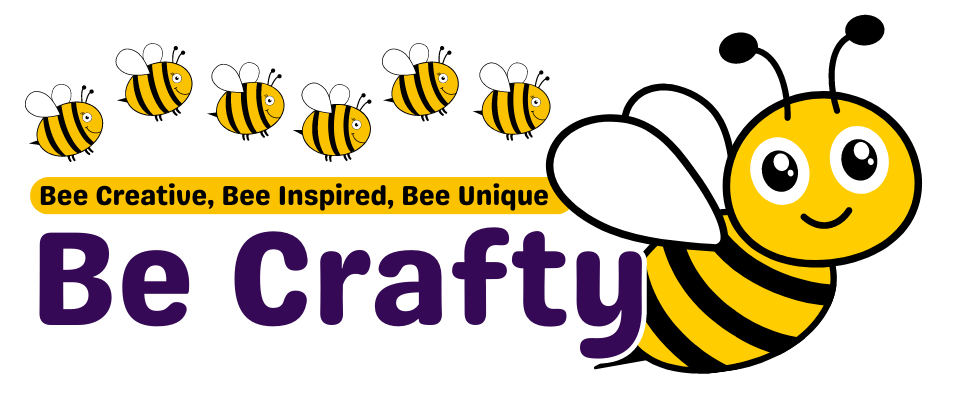In the world of knitting, there are few techniques as versatile and exciting as stranded colorwork. This method allows knitters to create intricate designs and patterns using multiple colors of yarn. It’s a favorite among those who knit socks and slippers, offering endless possibilities for personalization and creativity.
Stranded colorwork involves knitting with two or more colors in the same row. The unused color is carried along the back of the work, creating strands or "floats". The technique might sound complex, but once you’ve gotten the hang of it, you’ll find it’s an engaging and rewarding way to bring your unique designs to life.
When it comes to socks and slippers, stranded colorwork can make a simple project into something extraordinary. Imagine cozying up on a cold day with a pair of hand-knit socks featuring intricate geometric patterns, or surprising a loved one with slippers adorned with their favorite flowers or animals. The options truly are limitless.
One popular pattern for beginners is the Fair Isle technique. Originating from the Shetland Islands of Scotland, Fair Isle involves alternating between two colors every few stitches, creating detailed patterns that are perfect for smaller projects like socks and slippers. This technique can be used to create everything from simple stripe patterns to more complex designs like snowflakes or hearts.
For those looking for a challenge, there’s also the Norwegian knitting style. Known for its intricate motifs and use of multiple colors, this technique is perfect for creating eye-catching socks and slippers. Designs often feature traditional Norwegian symbols, but the method can be adapted to any pattern you can imagine.
There are also many unique patterns available for different types of knitting projects. For example, if you’re interested in creating hats or scarves, consider trying out mosaic knitting. This technique involves slipping stitches from the previous row instead of knitting them, allowing you to create complex colorwork designs with ease.
Intarsia is another great option for larger projects like blankets or sweaters. Unlike stranded colorwork where you carry the yarn across the back of your work, in Intarsia you use separate balls of yarn for each color area. This allows for large blocks of color without having to worry about long floats on the back.
For those looking to incorporate texture into their work, try combining stranded colorwork with other knitting techniques like cables or lace. The contrast between the smooth colorwork and textured stitches can create a stunning visual effect.
Whether you’re new to stranded colorwork or an experienced knitter looking for your next challenge, there’s a world of patterns and techniques waiting for you. So grab your needles and yarn, and get ready to explore the colorful world of stranded knitting!

